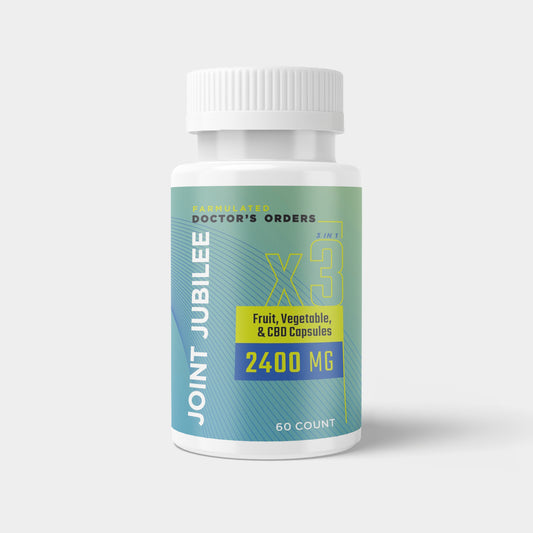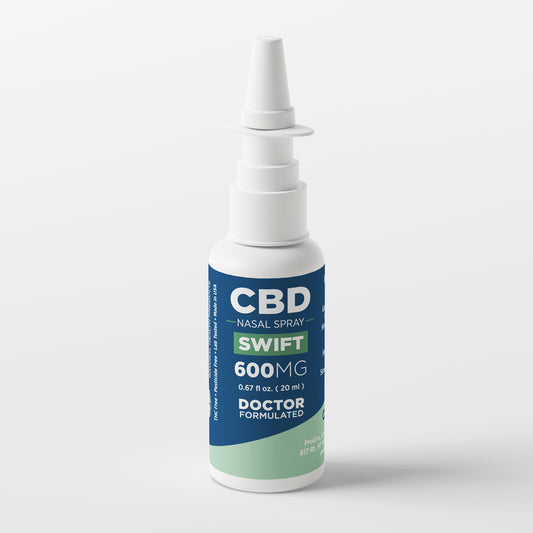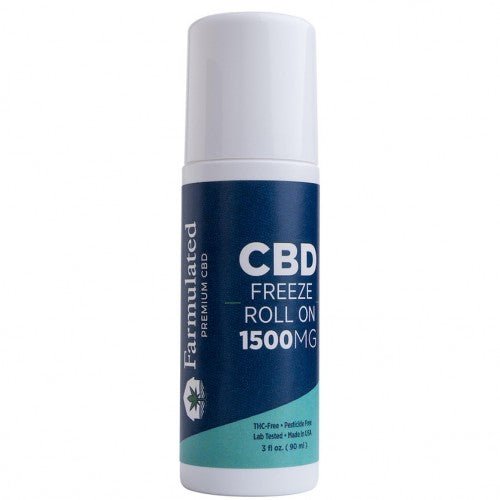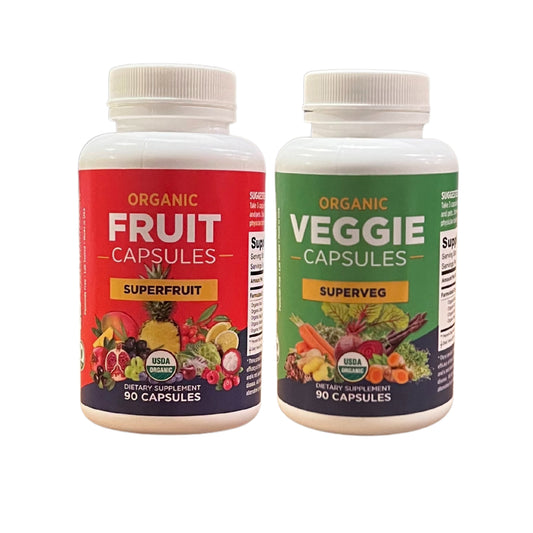Along with the familiar physical aspects of aging—wrinkles, aches and pains, weight gain—one critical, often overlooked component of accumulating trips around the sun is increased inflammation. In fact, inflammation may not just be a side effect of getting older, but a contributing factor of how quickly our bodies age. Other risk factors that coincide with increased inflammation include obesity, diets high in refined sugars and saturated fats, smoking, insomnia, stress, and unbalanced hormones.1 These lifestyle choices tend to be deeply intertwined, and as holistic health models show, adjusting one or two factors often leads to a chain reaction which positively impacts the others.

So why does inflammation happen to begin with? When the body detects foreign substances that cause infection, the immune system reacts by directing blood flow to the infected site, where white blood cells fight viruses, bacteria, and other toxic invaders as the area inflames.2 A serious problem arises when immune systems, often plagued by the aforementioned risk factors, fail to function properly. Overreactive immune systems may then cause chronic inflammation, which is characterized by conditions including:
- Body Pains
- Chronic Fatigue and Insomnia
- Depression and Anxiety
- Gastrointestinal Diseases
- Weight Fluctuations
- Increased Infections 1
Sound relatable? Chronic inflammation is actually so prevalent in adults, research shows it may be the common thread in life-threatening diseases including cancer, diabetes, coronary artery disease, and Alzheimer’s.3
While addressing damaging risk factors through diet and exercise is the first step to reducing inflammation, sometimes a faulty immune system’s complications extend beyond lifestyle choices. Cortisol is a regulatory hormone produced by the body’s adrenal glands which reduces inflammation and decreases immune system functions.2 Thus, the purpose of frequently prescribed corticosteroids is to mimic cortisol, which increases self-regulatory functions and prevents harmful inflammation.
The downside: Studies show patients given corticosteroids tend to have at least one adverse reaction, with weight gain being the most common.4 Fortunately, emerging research shows CBD could be the long-awaited solution for those suffering from corticosteroids’ negative side effects. While research is ongoing, we now know that CBD’s anti-inflammatory properties address chronic inflammation symptoms including pain, insomnia, mental health disorders, and gut health through what is known as the endocannabinoid system.
As research progresses, CBD may be used more frequently in tandem with lesser doses of corticosteroids or even replace them in some instances. Paired with a nutritious diet and adequate exercise, the power of CBD to fight inflammation and prevent disease as a natural alternative to corticosteroids is yet another promising medicinal component of the hemp plant. And for those who wish to age gracefully, CBD could be a go-to supplement for smoother skin, pain-free motion, and a reduced risk of critical disease.
References:
- Pahwa, R. (2020, March 2). Chronic Inflammation. Retrieved from https://www.ncbi.nlm.nih.gov/books/NBK493173/
- Corticosteroids (n.d.). Retrieved from https://my.clevelandclinic.org/health/drugs/4812-corticosteroids
- Harvard Publishing. (2006, April). Inflammation: A unifying theory of disease. Retrieved from https://www.health.harvard.edu/newsletter_article/Inflammation_A_unifying_theory_of_disease
- DeBusk, C. (2020, May 21). CBD and steroids: Can CBD offer the same benefits as corticosteroids? Retrieved from https://www.chiroeco.com/cbd-steroids/





